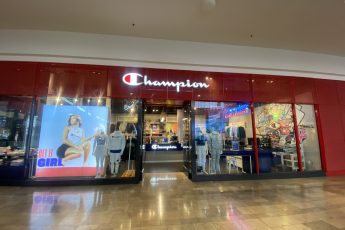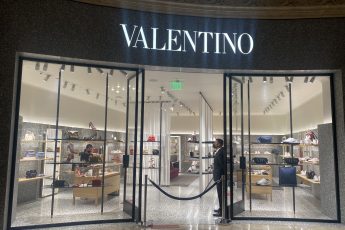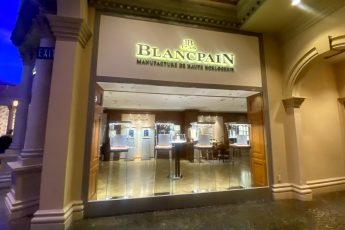The Effects of Color in Store Design
Color is one of the most important elements of store design and can have a significant impact on a shopper’s experience. When used effectively, color can influence customer behavior, evoke emotions, and even enhance the perception of a product’s quality. Here are some of the ways color can affect store design:
- Branding: Color plays a crucial role in establishing a brand’s identity and can be used to convey the brand’s values and personality. For example, red is often associated with excitement and passion, making it a popular choice for brands that want to appear bold and energetic.
- Mood: Colors can affect shoppers’ moods and emotions. Warm colors like red, orange, and yellow are often used to create a sense of excitement and urgency, while cool colors like blue and green can create a calming and relaxing atmosphere.
- Perception of space: Color can also impact how spacious a store appears. Lighter colors can make a small space feel larger, while darker colors can make a large space feel more intimate.
- Product display: Color can be used to enhance the visual appeal of products and draw attention to specific areas of the store. Bright and bold colors can be used to highlight new or seasonal products, while neutral colors can create a sense of sophistication and elegance.
- Cultural significance: Colors can have different meanings in different cultures, and it’s important to consider this when designing a store. For example, in Western cultures, white is often associated with purity and cleanliness, while in Eastern cultures, it can be associated with death and mourning.
The use of color in store design is a powerful tool that can influence a shopper’s behavior and perception of a brand. When used effectively, it can create a memorable shopping experience and help to establish a brand’s identity.
Psychological Effects of Color or People
Color can have a significant psychological effect on people, and this effect varies depending on the color. Here are some examples:
- Red: This color is often associated with passion, excitement, and danger. It can stimulate the body and increase heart rate and blood pressure, which is why it’s often used to draw attention to sales or clearance items.
- Blue: This color is calming and relaxing, and it can be associated with trust and security. It’s often used in healthcare settings and financial institutions.
- Green: This color is associated with nature, growth, and health. It can have a calming effect on people and is often used in stores selling organic or eco-friendly products.
- Yellow: This color is associated with happiness and optimism. It can also stimulate the brain and increase focus and attention. It’s often used in stores selling children’s products or food.
- Orange: This color is associated with energy, enthusiasm, and creativity. It can also stimulate the appetite, which is why it’s often used in food-related businesses.
the psychological effects of color can be used to influence consumer behavior, attract attention, and create a certain atmosphere in a store.
Made For Retail
Made for retail is a term used to describe products that are specifically designed and manufactured for use in the retail industry. These products are created to meet the unique needs and requirements of retail businesses, such as durability, ease of use, and aesthetics. Examples of made for retail products include display fixtures, store shelving, signage, packaging, and point-of-sale systems. By using made for retail products, businesses can create a more efficient and visually appealing retail environment that enhances the customer experience and drives sales.
Dimensional Impact
Dimensional impact refers to the use of physical or visual elements that add depth, texture, or volume to a display or space. It can include the use of 3D elements such as sculptures or props, layered displays, or lighting effects that create shadows or highlights to add interest and visual appeal. The goal of dimensional impact is to create a sense of depth and intrigue, drawing the eye of the viewer and encouraging them to explore the space or display further. In visual merchandising, dimensional impact can be a powerful tool for creating memorable and effective displays that capture the attention of customers and drive sales.





